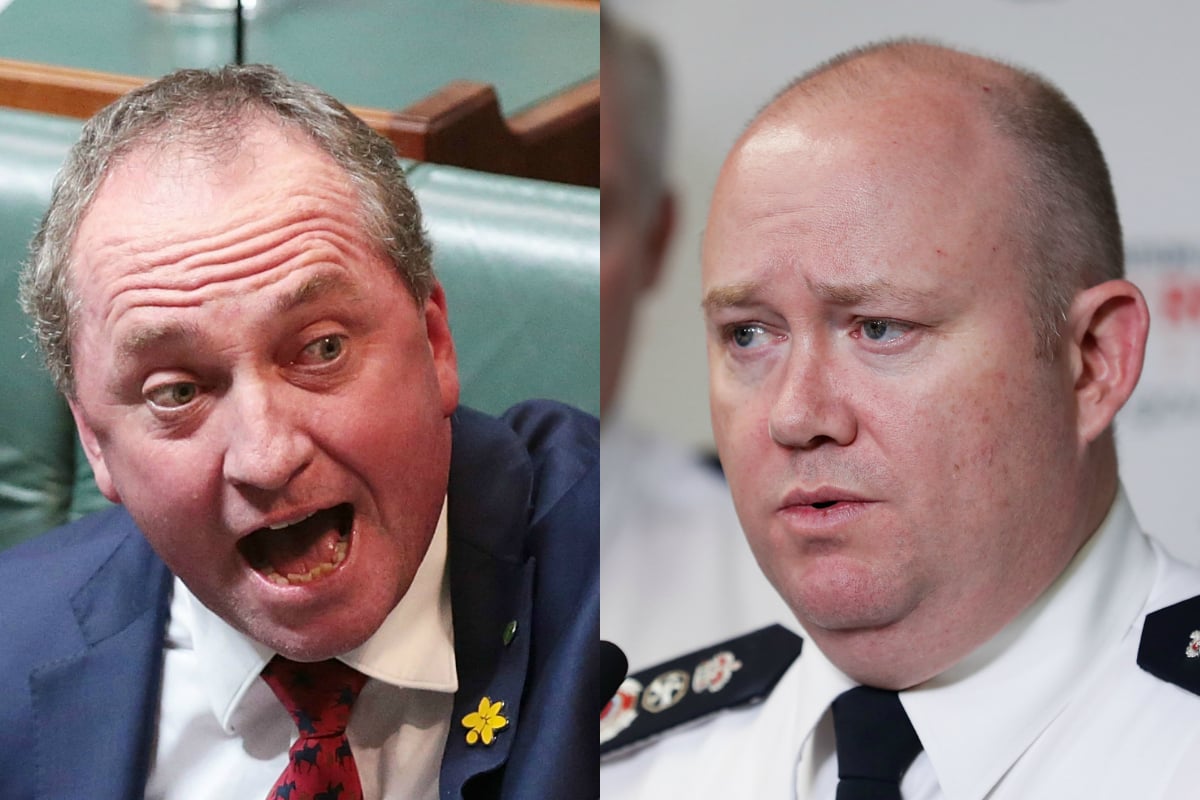
In November 2019, as the current bushfire crisis began to gather momentum, Nationals senator Barnaby Joyce pointed his finger across the aisle of Parliament House.
“The problems we have got have been created by the Greens,” the former party leader turned backbencher told The Australian.
“We haven’t had the capacity to easily access [hazard] reduction burns because of all of the paperwork that is part of green policy.”
Watch: This is what it’s like inside a NSW RFS truck. Post continues below.
It’s a persistent argument being slung around as the disaster has unfolded; a disaster that, so far, has claimed 25 lives, thousands of homes and close to 10 million hectares of land in the eastern states.
The argument, which has largely been championed by conservative media commentators, suggests that ‘Greenie’ MPs and officials prevented hazard-reduction activity prior to the bushfire season, in an effort to protect native plants and animals. This, the commentators claim, allowed fuel loads (such as leaf litter, grasses, shrubs etc.) to build up and thereby resulted in the current fires being more severe than they would otherwise have been.




























































































